As we continue the search for evidence of dark energy, one scientist proposes a radical new idea about what’s going on in the cosmos.
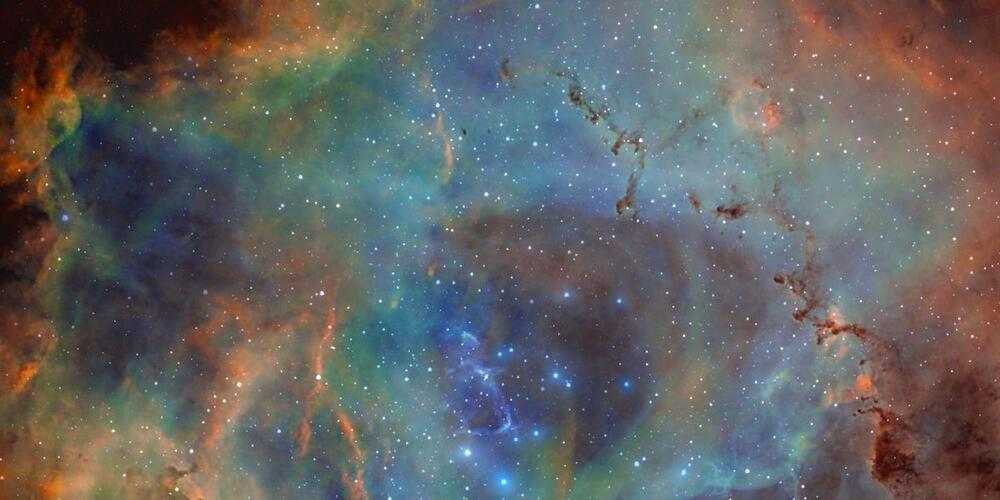


But in black holes, where a lot of mass is crammed into a very small region of space, these worlds collide and there is no theoretical framework that unifies the two.
“We have a great understanding of both individually, but it turns out extremely hard to combine these two theories,” says Weinfurtner. “The idea is that we want to understand how quantum physics behaves, on what we call a curved space time geometry.”
In the new setup, the black hole is represented by a tiny vortex inside a bell jar of superfluid helium, cooled to-271C. At this temperature, helium begins to demonstrate quantum effects. Unlike water, which can spin at a continuous range of speeds, the helium vortex can only swirl at certain fixed values. Ripples sent across the surface of the helium, tracked with nanometre precision by lasers and a high-resolution camera, represent radiation approaching a black hole.
Patreon: https://www.patreon.com/seanmcarroll.
Blog post with audio player, show notes, and transcript: https://www.preposterousuniverse.com/podcast/2023/05/15/236-…al-theory/
Is there a multiverse, and if so, how should we think of ourselves within it? In many modern cosmological models, the universe includes more than one realm, with possibly different laws of physics, and these realms may or may not include intelligent observers. There is a longstanding puzzle about how, in such a scenario, we should calculate what we, as presumably intelligent observers ourselves, should expect to see. Today’s guest, Thomas Hertog, is a physicist and longstanding collaborator of Stephen Hawking. They worked together (often with James Hartle) to address these questions, and the work is still ongoing.
Thomas Hertog received his Ph.D. in physics from Cambridge University. He is currently a professor of theoretical physics at KU Leuven. His new book is On the Origin of Time: Stephen Hawking’s Final Theory.
Mindscape Podcast playlist: https://www.youtube.com/playlist?list=PLrxfgDEc2NxY_fRExpDXr87tzRbPCaA5x.
Sean Carroll channel: https://www.youtube.com/c/seancarroll.
#podcast #ideas #science #philosophy #culture
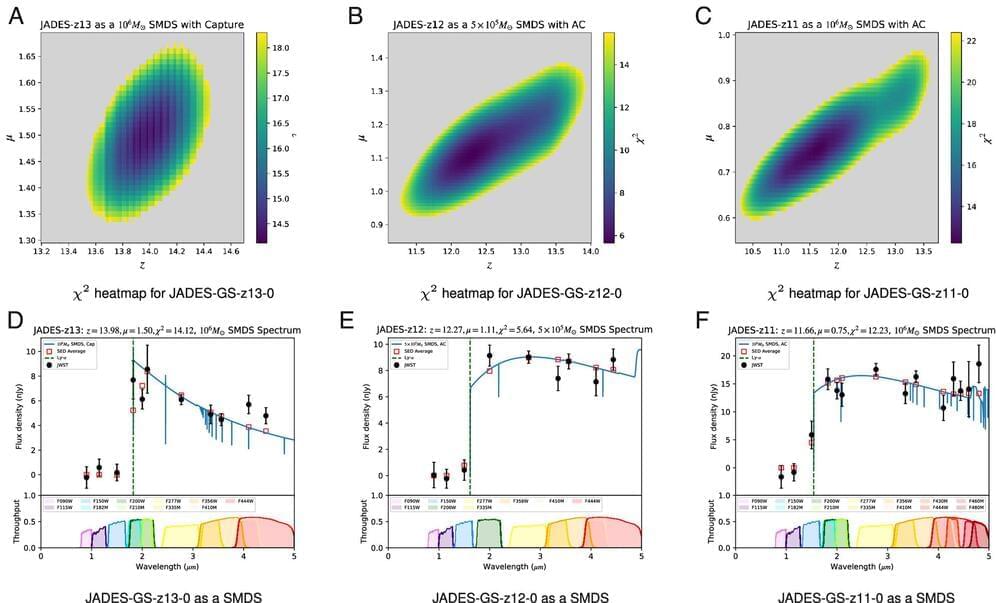
A trio of astrophysicists, two from Colgate University and the third from the University of Texas, has found evidence of dark stars courtesy of data from the James Webb Space Telescope. In their study, reported in Proceedings of the National Academy of Sciences, Cosmin Ilie, Jillian Paulin and Katherine Freese, analyzed three galaxies spotted by the JWST and how they might relate to dark stars.
Back in 2007, Freese, along with Douglas Spolyar and Paolo Gondolo, proposed the idea of a dark star —rather than nuclear fusion, these theorized dark stars are powered by dark matter. Since that time, researchers have continued to study the idea of such a star, built models to show what they might look like and derived a list of characteristics that such a star might have. In the current study, Ilie, Paulin and Freese have found three candidates in Webb data that fit the bill.
Dark stars, the team suggests, likely could have been born during the early days of the universe—like other stars, they would have been made mostly of helium and hydrogen. But they would also contain dark matter—enough to provide a heat source. Such stars would not then be lit by nuclear fusion. If such stars did exist, they would be much larger than other types of stars that have been observed—so large that they might look like galaxies from Earth-based telescopes.

Our universe could be twice as old as current estimates, according to a new study that challenges the dominant cosmological model and sheds new light on the so-called “impossible early galaxy problem.”
“Our newly-devised model stretches the galaxy formation time by a several billion years, making the universe 26.7 billion years old, and not 13.7 as previously estimated,” says author Rajendra Gupta, adjunct professor of physics in the Faculty of Science at the University of Ottawa.
For years, astronomers and physicists have calculated the age of our universe by measuring the time elapsed since the Big Bang and by studying the oldest stars based on the redshift of light coming from distant galaxies. In 2021, thanks to new techniques and advances in technology, the age of our universe was thus estimated at 13.797 billion years using the Lambda-CDM concordance model.
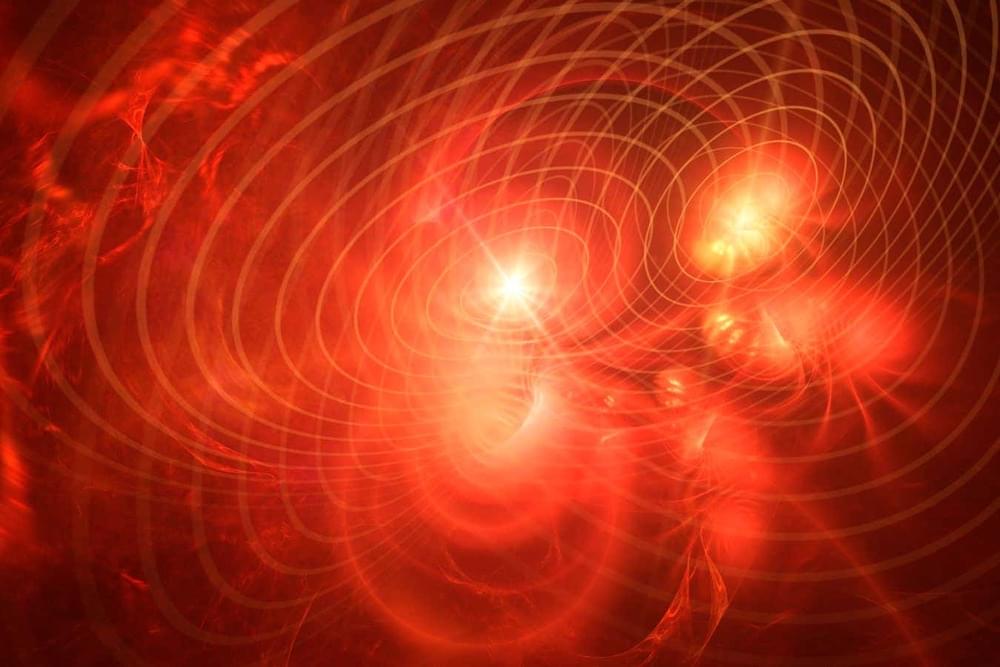
The discovery of low-level ripples throughout the universe called the gravitational wave background has set physicists looking for exotic explanations.
By Alex Wilkins
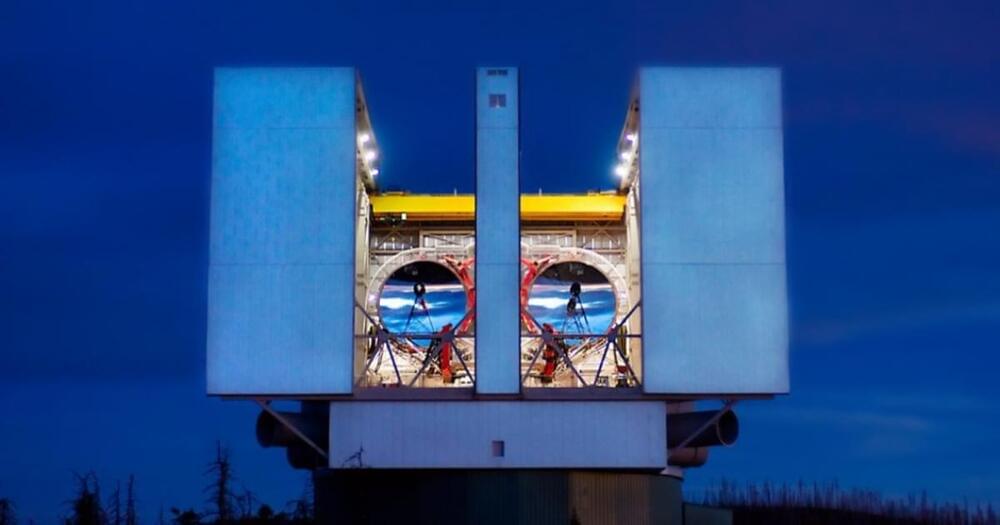
When you imagine a galaxy like our Milky Way, you’re probably picturing a swirl shape with arms reaching out from a central point. These spiral arms are a classic feature of many galaxies. Similar structures can be found around young stars which are surrounded by disks of matter from which planets form, called protoplanetary disks. Now, astronomers have discovered evidence that these structures could be created by recently formed exoplanets.
Astronomers used Large Binocular Telescope in Arizona to investigate a giant exoplanet named MWC 758c which seems to be forming the spiral arms around its host star. Located 500 light-years away, the star is just a few million years old, making it a baby in cosmic terms. “Our study puts forward a solid piece of evidence that these spiral arms are caused by giant planets,” said lead researcher Kevin Wagner of the University of Arizona in a statement. “And with the new James Webb Space Telescope, we will be able to further test and support this idea by searching for more planets like MWC 758c.”
The star still has its protoplanetary disk of dust and gas around it, making it comparable to the early stages of our own solar system. “I think of this system as an analogy for how our own solar system would have appeared less than 1% into its lifetime,” Wagner said. “Jupiter, being a giant planet, also likely interacted with and gravitationally sculpted our own disk billions of years ago, which eventually led to the formation of Earth.”
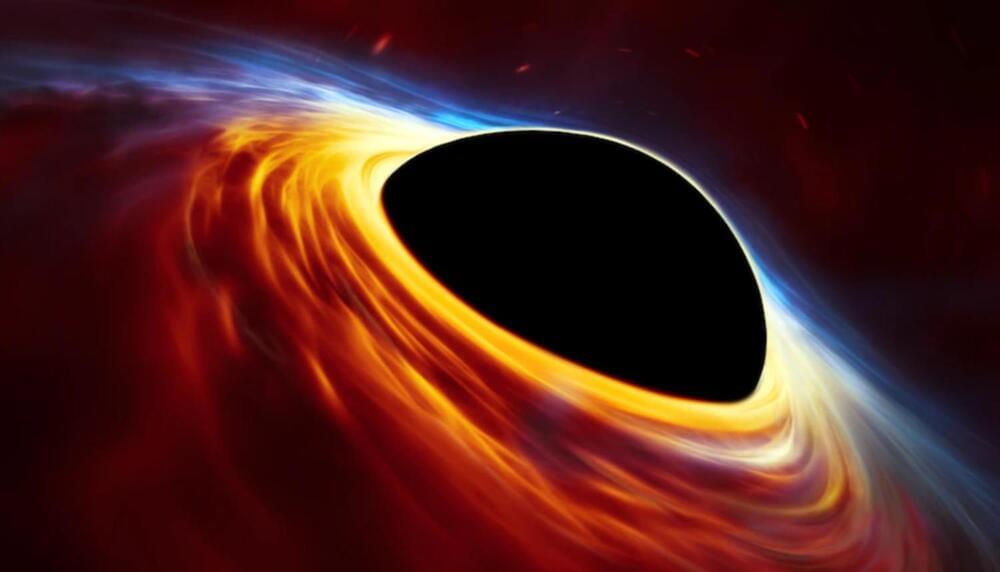
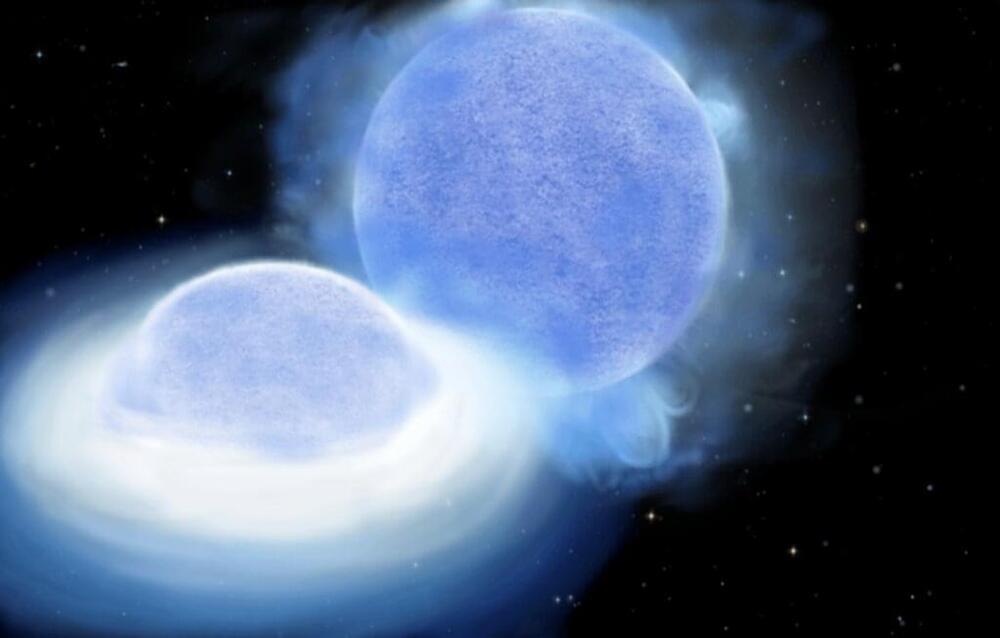
Dr. Varsha Ramachandran from the Center for Astronomy of Heidelberg University (ZAH) and her colleagues uncovered the first “stripped” star of intermediate-mass. This discovery marks a missing link in our picture of stellar evolution toward systems with merging neutron stars, which are crucial to our understanding of the origin of heavy elements, such as silver and gold. Dr. Ramachandran is a postdoc in the research group of Dr. Andreas Sander, located at ZAH’s Astronomisches Rechen-Institut (ARI). These results were now published in Astronomy & Astrophysics.
The team of researchers discovered the first representative of the long-predicted, but as yet unconfirmed population of intermediate-mass stripped stars. “Stripped stars” are stars that have lost most of their outer layers, revealing their hot and dense helium-rich core, which results from the nuclear fusion of hydrogen to helium. Most of these stripped stars are formed in binary star systems in which one star’s strong gravitational pull peels off and accretes matter from its companion.
For a long time, astrophysicists have known of low-mass stripped stars, known as subdwarfs, as well as their massive cousins, known as Wolf-Rayet stars. But until now, they have never been able to find any of the so-called “intermediate-mass stripped stars,” raising questions whether our basic theoretical picture needs a major revision.
